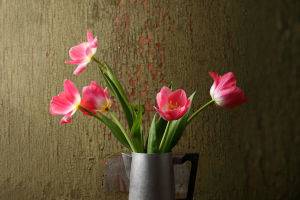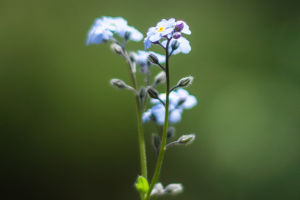Hey Lykkers! Herb Robert, scientifically known as Geranium robertianum, is a charming and resilient wildflower native to Europe and North America.
Despite its modest appearance, this unassuming plant is packed with historical significance and a range of potential benefits. In this article, we’ll explore the characteristics, uses, and benefits of Herb Robert, showcasing why this wildflower deserves a place in your botanical knowledge.
Characteristics of Herb Robert
1. Physical Appearance
Herb Robert is a small, herbaceous plant that typically grows to about 30-60 cm in height. It features delicate, rounded leaves with a reddish hue, often marked with a fine network of veins. The plant produces small, pink to reddish flowers that bloom from late spring to early autumn. These flowers are generally grouped in clusters, creating a dainty, attractive display.
2. Habitat and Growth
This hardy plant thrives in a variety of environments, from shaded woodlands and hedgerows to rocky outcrops and disturbed soils. Herb Robert prefers moist, well-drained soil and can often be found in the undergrowth of forests or along pathways. It’s known for its adaptability and resilience, making it a common sight in many temperate regions.
Herb Robert (Geranium robertianum) Identification
Video By UK Wildcrafts
Uses of Herb Robert
1. Traditional Medicine
Herb Robert has a long history of use in traditional medicine. Historically, it has been employed for its purported anti-inflammatory, antiseptic, and astringent properties. Various parts of the plant, including the leaves and flowers, have been used to treat minor wounds, skin conditions, and digestive issues. Infusions or poultices made from Herb Robert were commonly applied to sores and injuries.
2. Culinary Uses
While not as commonly used in contemporary cuisine, Herb Robert has been employed in the past to flavor dishes and beverages. The leaves have a slightly peppery taste, and they can be used to add a unique flavor to salads, soups, and stews. However, due to its strong flavor, it is best used sparingly.
3. Ornamental Plant
In addition to its medicinal and culinary uses, Herb Robert is also valued for its aesthetic appeal. Its delicate flowers and attractive foliage make it a lovely addition to garden borders and wildflower meadows. The plant’s adaptability means it can thrive in various garden conditions, making it a versatile choice for both ornamental and practical purposes.
Benefits of Herb Robert
1. Natural Remedy
Herb Robert is celebrated for its potential therapeutic benefits. It is believed to possess antioxidant and anti-inflammatory properties, which can contribute to overall health. The plant’s traditional uses suggest it may aid in wound healing and support the immune system, although more research is needed to fully understand its medicinal potential.
2. Soil Improvement
In garden settings, Herb Robert can contribute to soil health. Its ability to thrive in less-than-ideal conditions helps stabilize the soil and prevent erosion. Additionally, as a ground cover plant, it can suppress weeds and contribute to a more balanced garden ecosystem.
3. Ecological Value
Herb Robert plays a role in supporting local biodiversity. By providing nectar for pollinators such as bees and butterflies, it contributes to the health of the ecosystem. Its presence in natural and garden habitats helps sustain a variety of beneficial insects.
Herb Robert may be a humble wildflower, but its diverse applications and historical significance make it a noteworthy plant. From its traditional medicinal uses to its role in enhancing garden aesthetics and supporting local wildlife, this resilient herb offers a range of benefits. Whether you’re interested in its historical uses, its potential health benefits, or simply its charm as an ornamental plant, Herb Robert is a fascinating addition to the botanical world.


